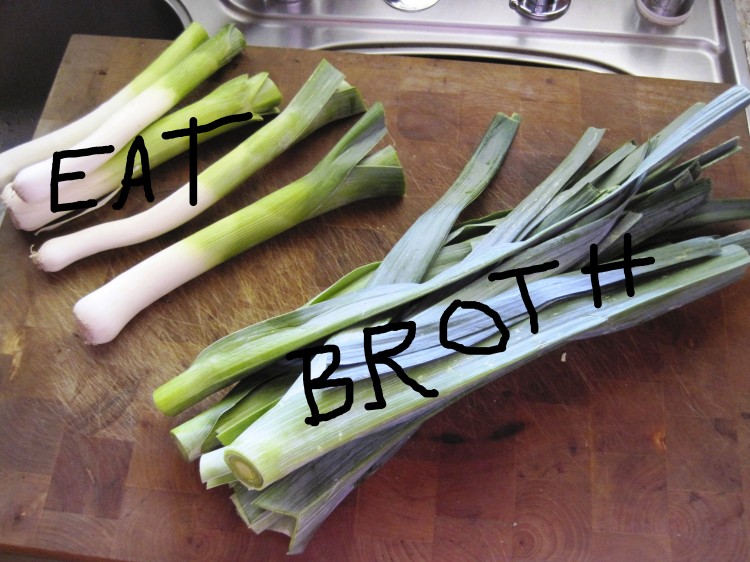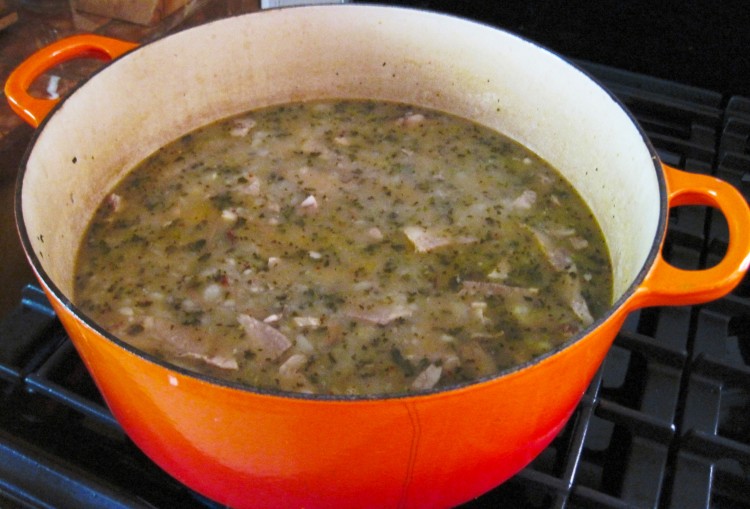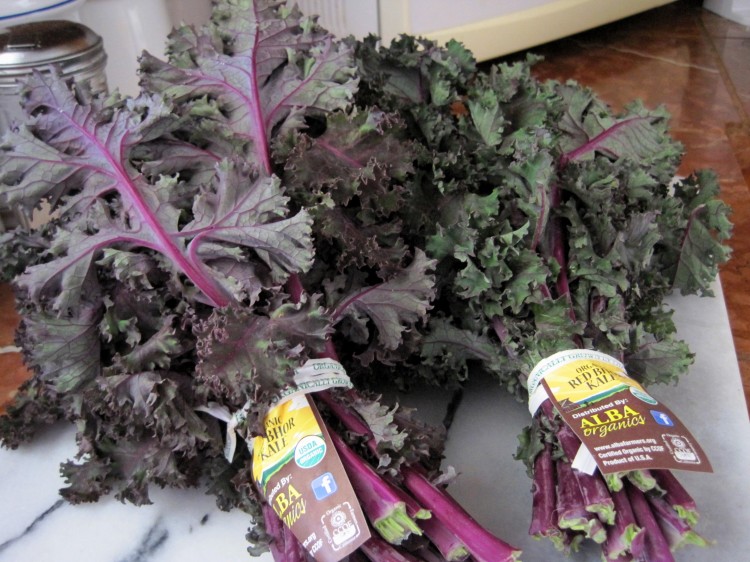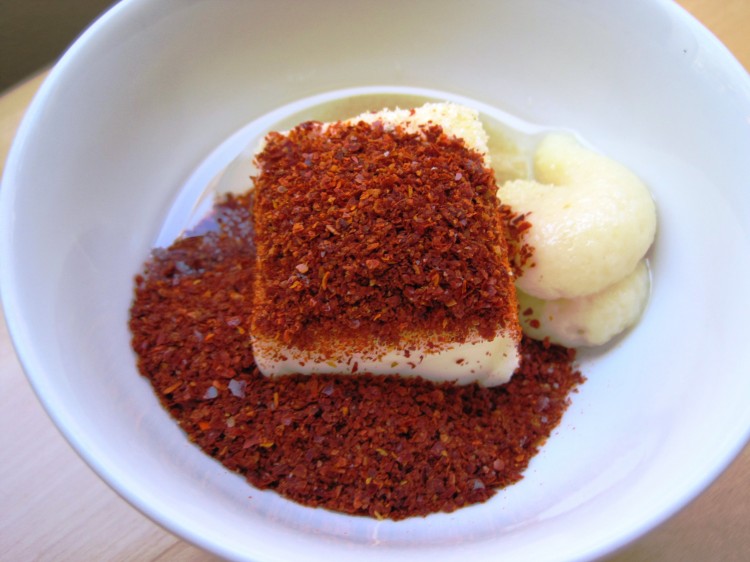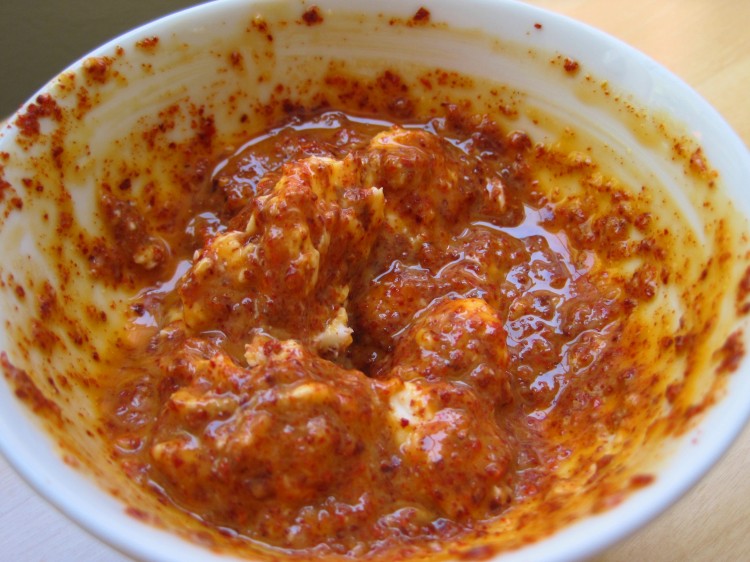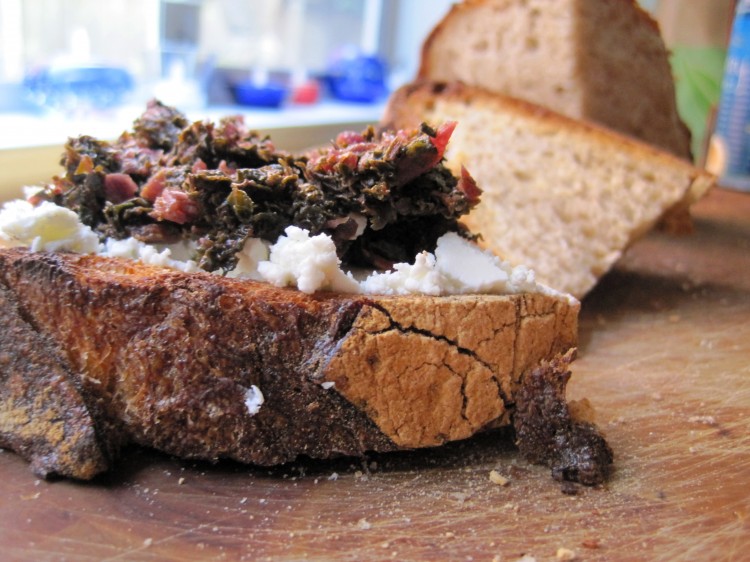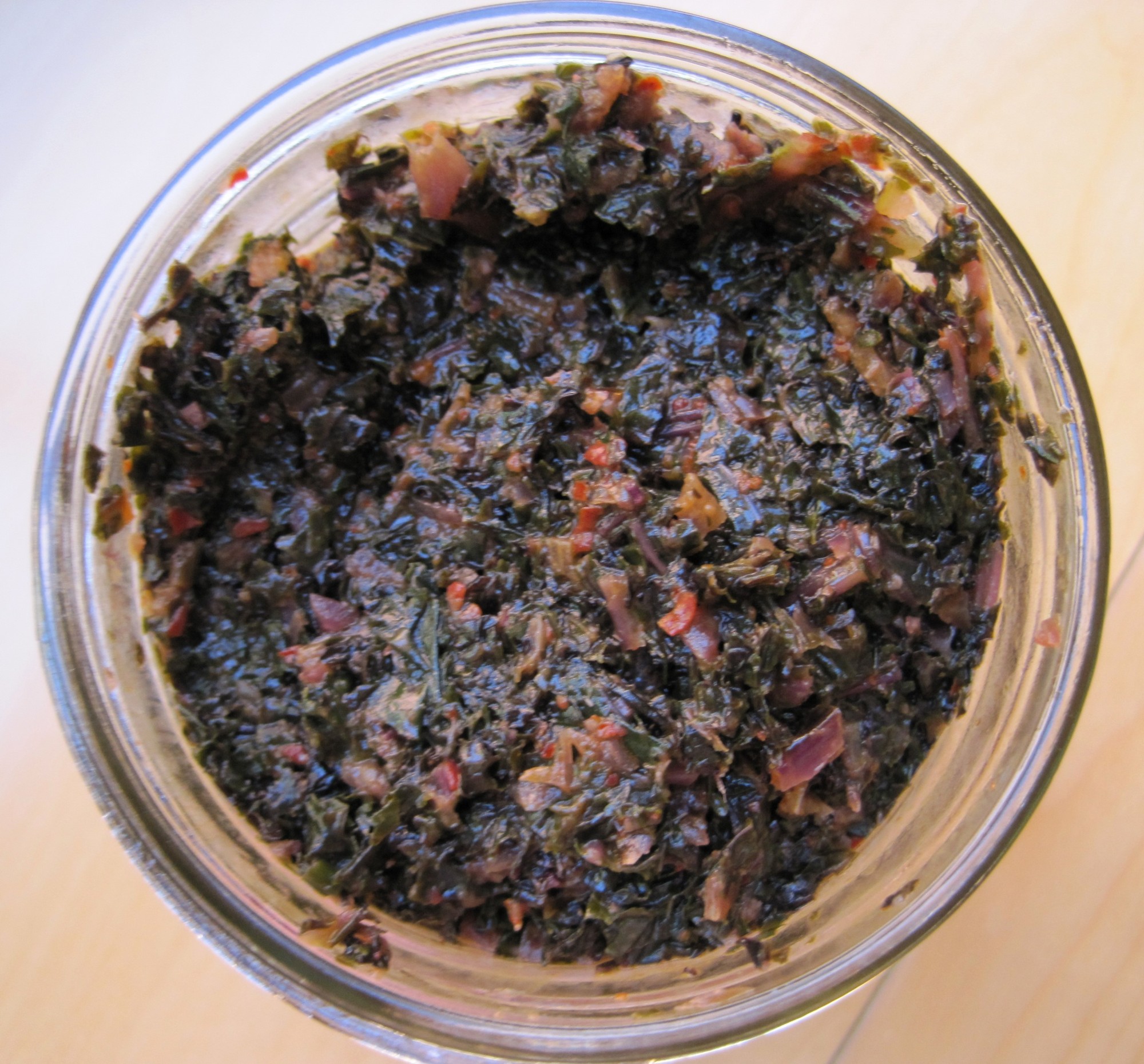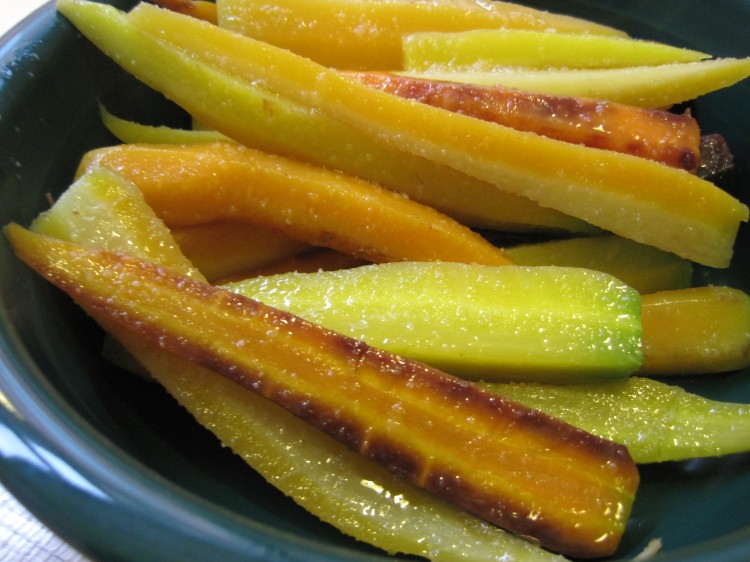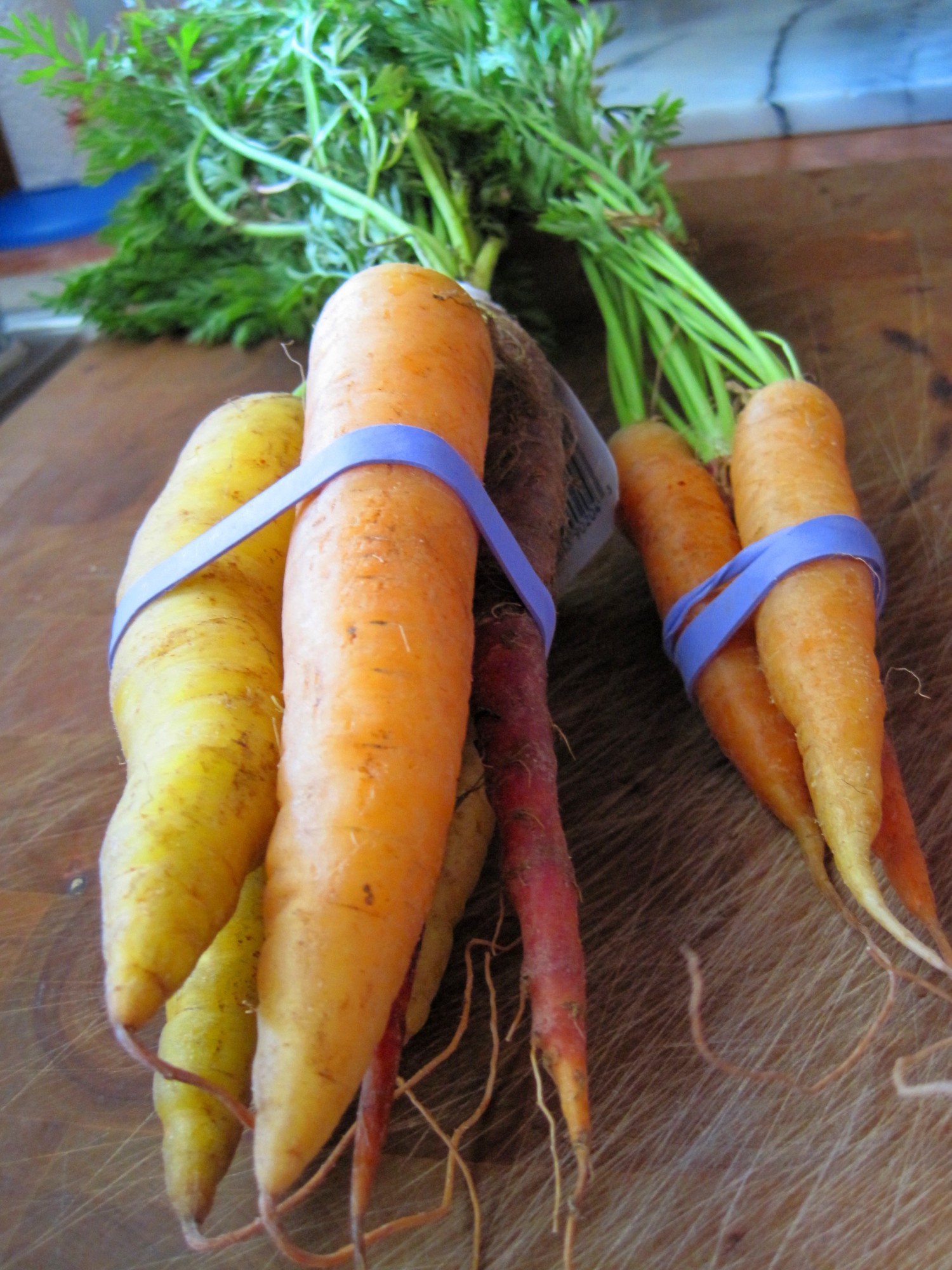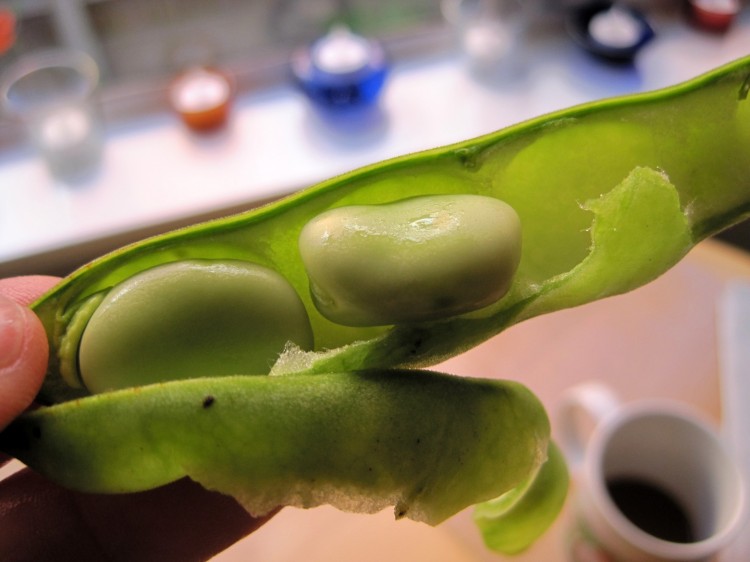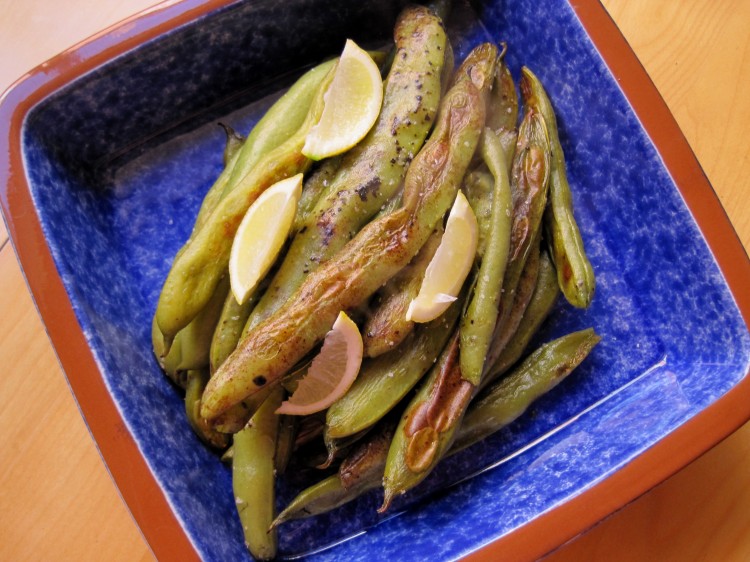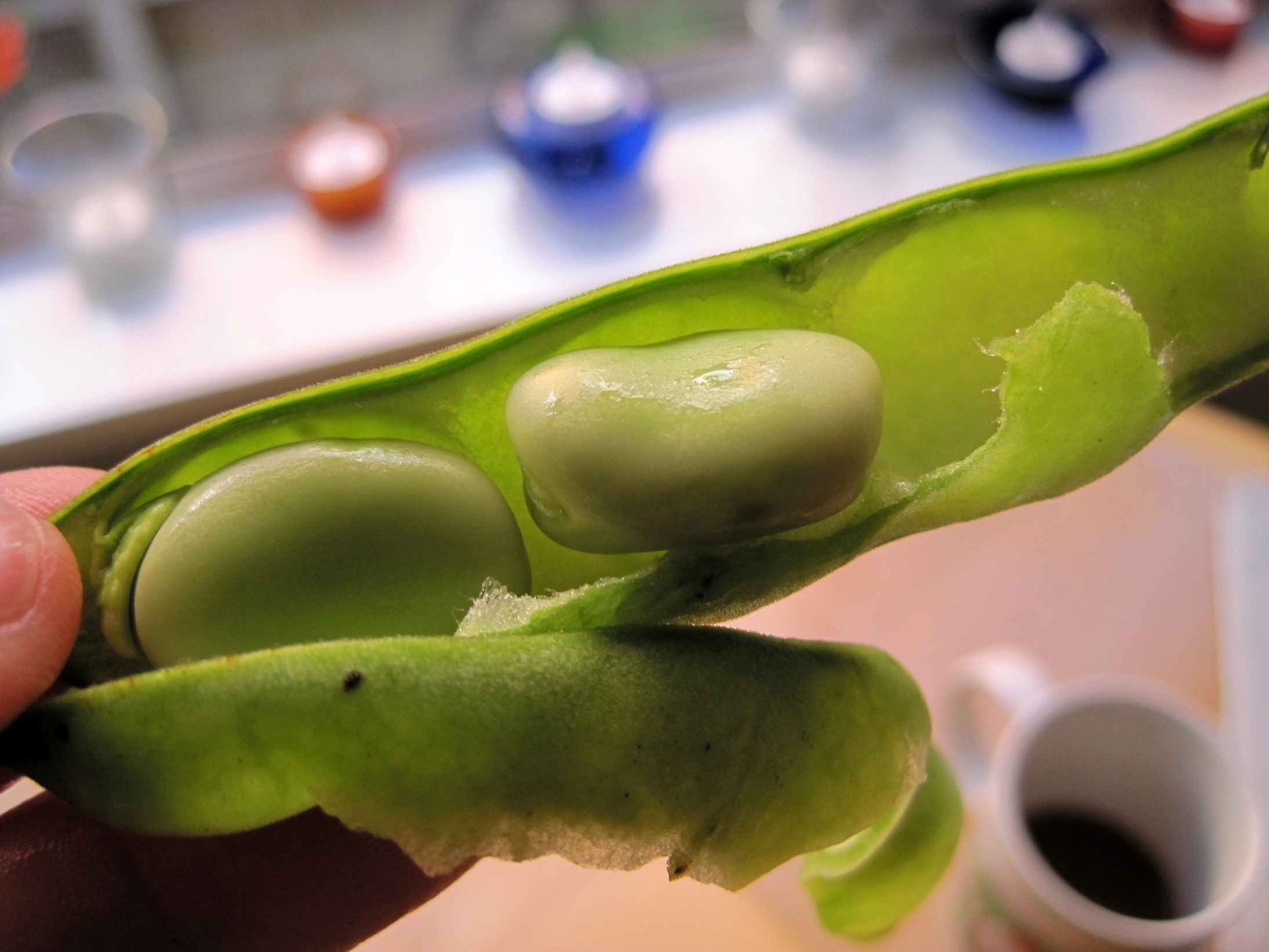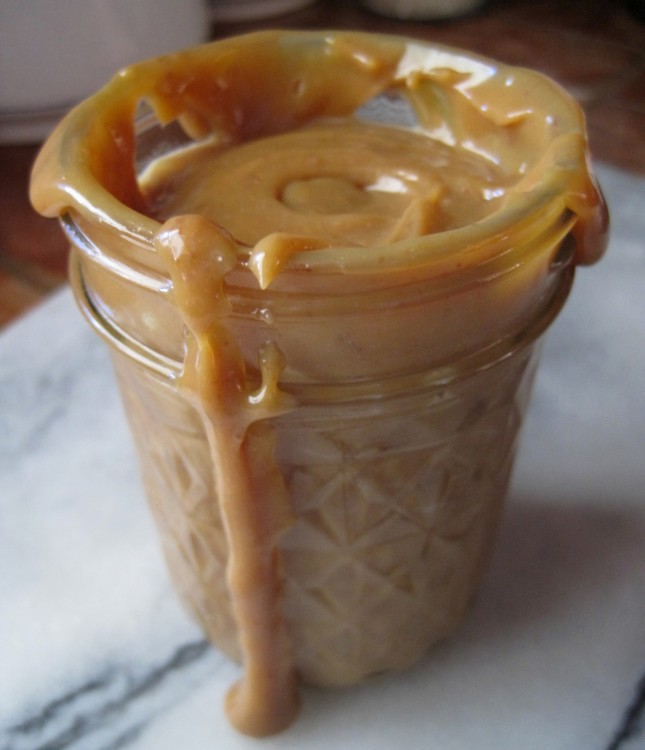
If you find you’re in need of caramel and don’t want to go through the full spiel, read on.
Caramel elevates most everything it’s added to, and to have a decent caramel sauce available with little notice and a reduced chance of being maimed by sugar cooked above 230 deg F. — which is what you do to make it the “real” way — is heaven.
This quick recipe is more milky than traditionally-made caramel, which, in a nutshell, involves cooking sugar to a high temperature and then cutting it with butter and/or heavy cream.
To make it the quick way you cook a little butter and sugar and then add a can of sweetened condensed milk and continue to cook it. The whole thing takes about 30 minutes, give or take.
Let’s start with something even easier, though.
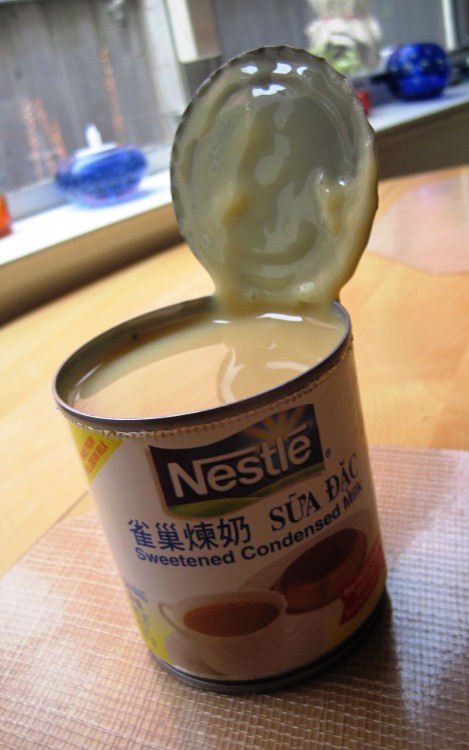
Dulce de Leche
If you use only sweetened condensed milk, you’ll be making dulce de leche, a caramelized milk and sugar confection.
Some people boil a can of sweetened condensed milk for several hours, but it’s dangerous. If you don’t keep it completely submerged the whole time it can explode, and you don’t want any part of that.
I generally just cook the sweetened condensed milk down slowly in a saucepan.
I sometimes put it in little canning jars, place them in my slow cooker, completely submerge them under water, and cook on low for 7 hours or so — making sure the jars remain completely submerged. If you try this, be sure to take them out carefully when done, like with jar lifters, and allow them to cool down some before you open anything. Whatever you do, don’t put hot jars on a cold surface or they’ll crack! I got the slow cooker/canning jar idea here.
Quick Caramel with Butter
If you want a buttery-milky faux caramel, use the recipe I’ve included at the end of this posting.
You’ll need only a little white sugar (it’ll work better than organic sugar), a little butter and sweetened condensed milk.
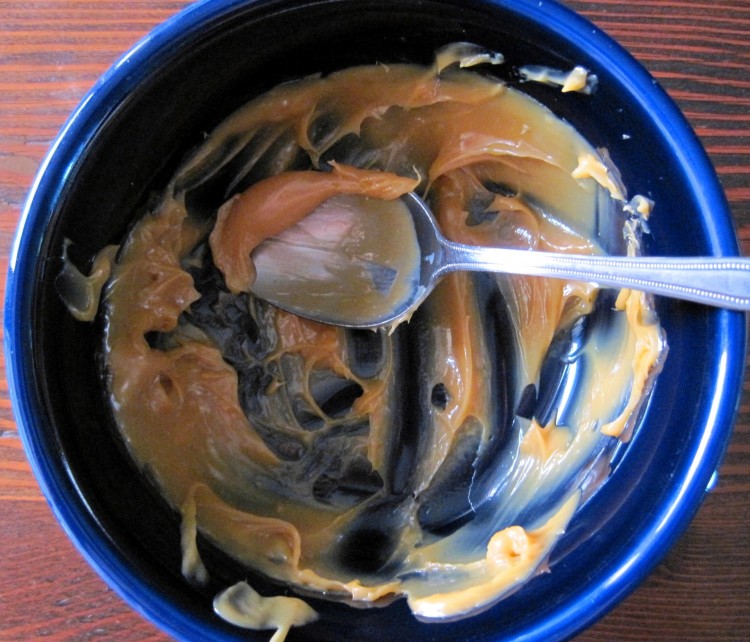
Because I assume you need a topping for that quart of ice cream burning a hole in your freezer and not because you’re producing artisanal candies, I think you’ll be happy with the result.
If it’s thick, you can thin it with milk or cream.
If it’s grainy, you can sieve it.
Just don’t burn the caramel. If you burn it, it is not salvageable, and you will be unhappy.
- 2 tablespoons unsalted butter
- 2 tablespoons white sugar (organic or brown sugar can sometimes cause graininess)
- 1 can (14 ounces) sweetened condensed milk
- Milk or cream to thin, if needed
- Cook sugar and butter in small saucepan over moderate heat until sugar has melted
- Add sweetened condensed milk and combine well with sugar/butter mixture
- Cook over low heat, stirring constantly with heat-proof spatula
- Cook until you get the color and consistency you want. DO NOT BURN!
- If too thick, CAREFULLY thin with heavy cream or milk while still in the saucepan and combine well. The mass will be VERY HOT and it may bubble up when you add the milk or cream!
- If grainy, just press through a sieve


